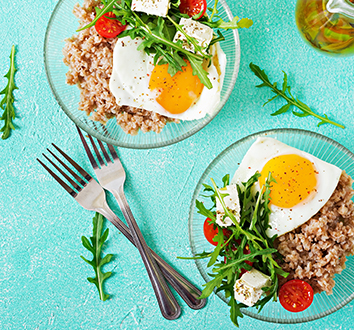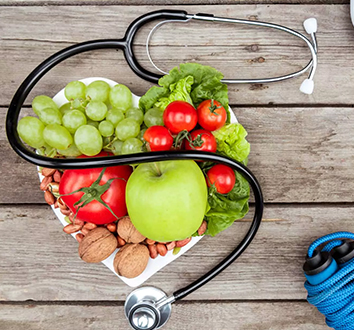 166
166 Protein a very critical macronutrient responsible for life and existence, is either too touted or underrated, due to lack of knowledge about its merits and drawbacks.
When a child is born, it has an evidence-based backed research which has proved that first 1000 days of his/her life are extremely crucial and extremely important.
The Nutrition provided at this stage decide the child’s immunity as an adult, mental and cognitive response and obvious mental development.
Proteins are building blocks of body and are extremely important in growth and development of the growing child. Moreover, they are key catalysts in numerous biochemical functions.
In every stage of growth and Maintenance, protein play an imperative role in overall wellbeing of the child. Proteins are supposed to be powerhouse of energy to stabilize growth (both cognitive and physical level). Unfortunately, in the era of commercial and ready to eat products, requirement and uptake of proteins in regular diet is often neglected. Tiny and simple available form of proteins called ‘Amino acids ‘have very important role to play in child’s development. Special care should be taken about the supply and demand of this wonder nutrient.
Let’s look how can one make child nutrition protein packed to supports growth and wellbeing.
1.There are 2 types of protein sources I. E plants and animal sources. The former one is originated from plant origin and few examples to lead are sprouts, beans, pulses, soy and its products etc. The latter one is from animal origin comprising of milk and its products, dairy, seafood, eggs, chicken etc. The amino acids content in each protein rich sources varies based on its amino acid profile. Make sure the child is given at least one source of either or both in each meal.
2.Packing child’s tiffin with peanuts, biscuits’ (high protein and low fat and low sugars) , chana (grams ), soy sticks (low sodium and sugar).
3.Use sattu, thalipeeth, brown rice, buckwheat, amaranth to make roti’s /Parathas.
4.Include curd 1 or 2 times per day to get daily dose of probiotics and protein too. Keep gut healthy (gut ill-health is quite rampant in growing children).
5.Buttermilk, solkadhi, sprouts patties, lassi, yogurts with fruit cuts can, give enough proteins. They are great to go as fillers or mid-snacks.
6.Egg custard, egg salad or any easy egg preparation can be a great snack within itself.
7.Include good quality proteins with high biological value protein (animal source), but plant sources can also be benefited, if the permutations and combinations are taken care of.
8.Cereals, like, jowar, maize, Ragi (finger millet), wheat have some proteins in them too. Combining them with other good sources, will help improve the biological value. Overall make it complete in nutrition profile.
9.The RDA for proteins varies as per physical activity level, weight, height, growing age, overall calorie consumption and health status. Mapping out the diet recommendations counting on above factors can help one achieve RDA of proteins.
10. Seeds like pumpkin seeds, flaxseeds, chia seeds have considerable amounts of good quality proteins in them making them, as easy snack or a delectable topping over salads or smoothies.
Take away: - Protein supply and child’s growth and development are a close-knit association. They are directly proportional to one another. It becomes extremely crucial to strike a balance between the two, to ensure uncompromised growth and development.

 230
230
 213
213
 206
206
 166
166
 134
134